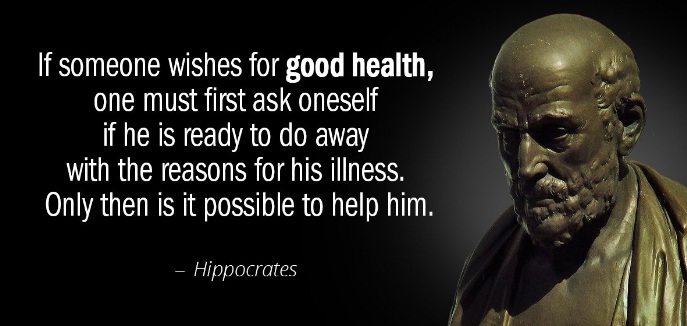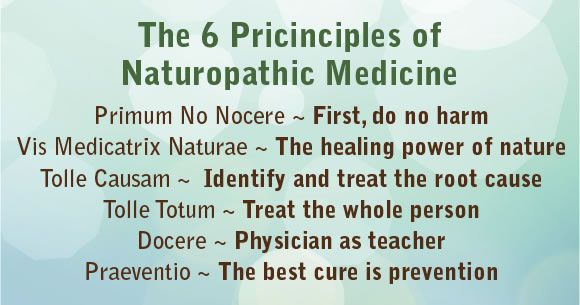1. Depression and Anxiety
It broke my heart when I opened the newspaper few days back. All of 17, innocent and lovely with a promising career ahead, what prompted Ritika Phogat to take the extreme step of taking her precious life? What was bothering the child, how did the signs go unnoticed by the family, is winning medals worth the cost of a human life? Same questions, every time I read a news item such as this. The thing is suicide is preventable and depression is curable. Then why are we not talking about it, why is the awareness so poor, why do we still consider it a taboo?
WHO puts India at 6th place in the world in suicide among women and 22nd position for men. According to NDTV, an average 381 people committed suicide every day in India in 2019.* Death by suicide has been increasing each year in India and the world at large. According to WHO, One person dies of suicide every 40 seconds. Suicide was the second leading cause of death among young people aged 15-29 years, after road injury.** The World Health Organisation (WHO) states that suicide is a serious public "health problem" and is "preventable" with timely, evidence-based and often low-cost
interventions.
According to WHO, the single largest illness in the world is depression. 300 million + people globally suffer from depression. 240 million+ people suffer from anxiety.
I often come across this question, about how to recognize depression. Here is the thing. Suffering from depression means more than just dealing with a bad week or even a bad month. Depression is a weakening condition that can make it impossible for you to enjoy your daily existence. If you are plagued with feelings of overwhelming sadness, loneliness, worthlessness, and cannot imagine that things will get any better, then you may be suffering from depression.
Depression doesn’t see cast, religion, sex or any other criteria. Rich or poor all are same. Fame, money or family doesn’t matter. It’s a clinical condition and best handled with professional help. Talking about one’s depression helps. It’s not something that needs to be brushed under the carpet.
Bollywood actress Deepika Padukone has been open about her struggle with depression. She says, "The word that best describes my experience of depression is struggle. Every second was a struggle. I felt exhausted the whole time."***
Similarly a host of actors and actresses have suffered depression and have talked about it openly.
Actress Anushka Sharma had talked about her anxiety issues in 2017. “I have anxiety. And I’m treating my anxiety. I’m on medication for my anxiety. Why am I saying this? Because it’s a completely normal thing. It’s a biological problem. In my family there have been cases of depression. More and more people should talk openly about it. There is nothing shameful about it or something to hide. If you had a constant stomach pain, wouldn’t you go to the doctor? It’s that simple.” ****
Hrithik Roshan believes that depression should be treated as a “normal thing”, and must not be stigmatised. He spoke about how he battled with his depression in an interview. “I have experienced depression, I have experienced confusion, as we all do. It’s a normal thing. Millions don’t know they might be suffering from something clinical which is not their fault. It is nothing one should feel awkward
about. A knee, elbow, back or neck problems are something we are unapologetic to talk about. But when we are going to go through deep anxiety, depression, chaos, confusion or addictive behaviour and even though we know we are going through it, we don’t allow ourselves to talk about the problems that deal with the brain. It is because we have been conditioned since birth that it is something to feel embarrassed about. And we need to stamp out that stigma. We need to set ourselves free.” ****
India captain Virat Kohli recently spoke about how he battled depression during a harrowing tour of England in 2014 where he felt like the "loneliest guy in the world" Kohli remembered feeling alone despite the fact that there were supportive people in his life. He said professional help was what he needed. The India captain, considered one of the best batsmen in modern cricket, believes mental health issues cannot be overlooked as they can destroy a person's career.
This is a welcome change. More and more people should come out and talk about their experience in overcoming depression and anxiety. What is important to understand is that like any other illness depression is treatable. One need not and should not wait for it to take over one’s life which sometimes leads to loss of life itself.
*NDTV, Sept 2, 2020
**WHO, 9 Sept, 2019
***India Today, Aug 4, 2019
**** Indian Express, Oct 10, 2019


















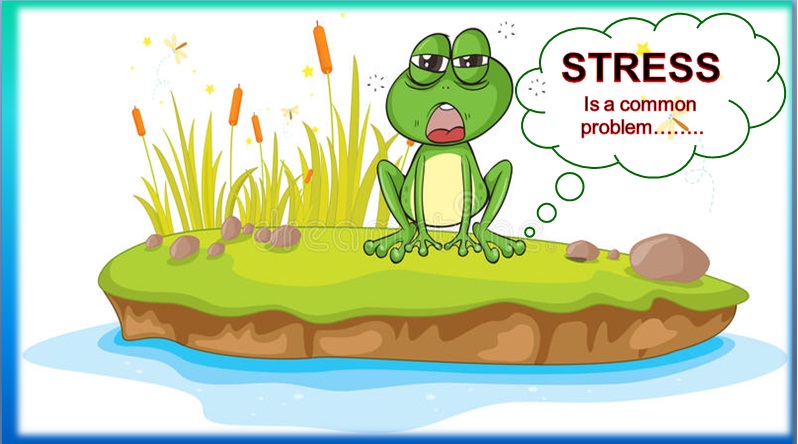
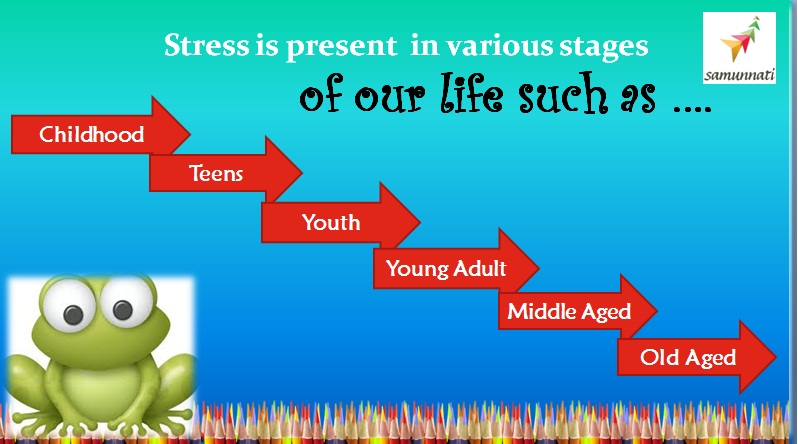
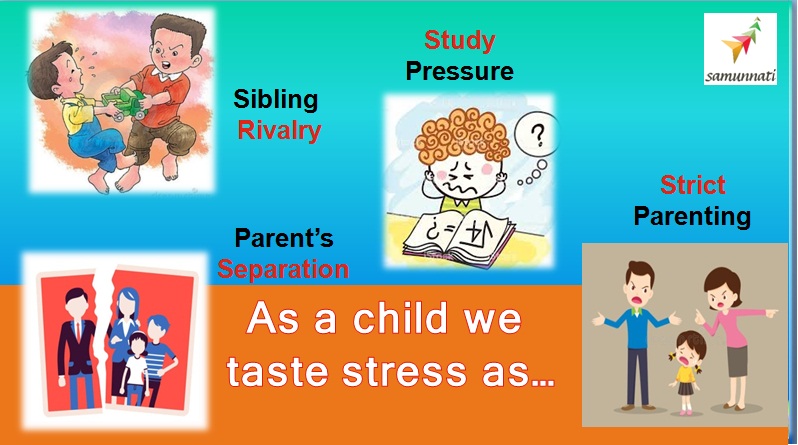
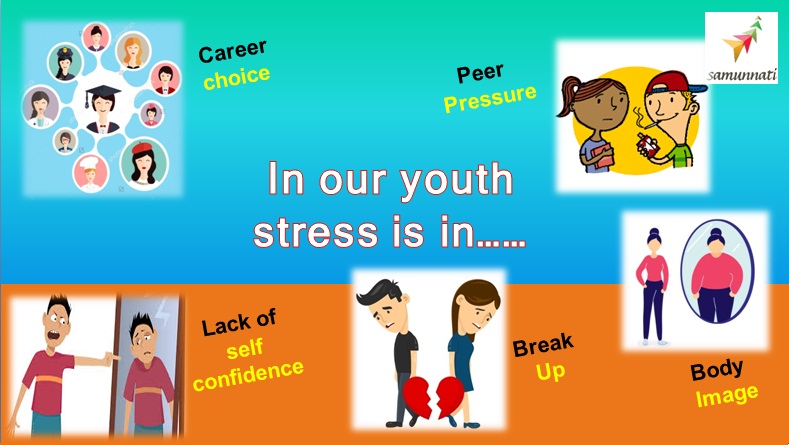
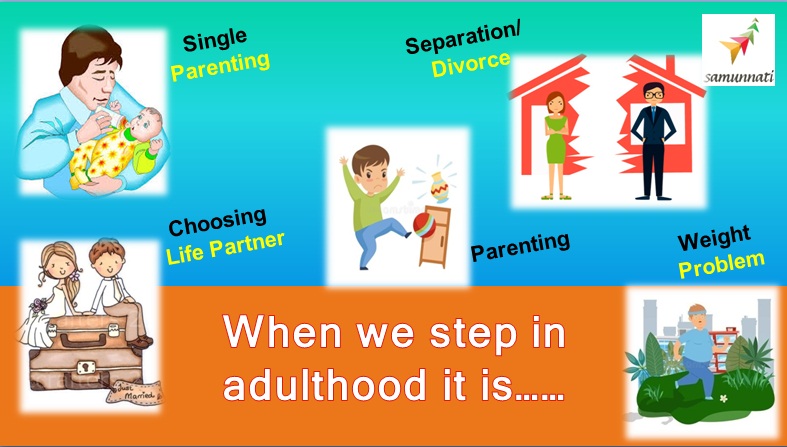
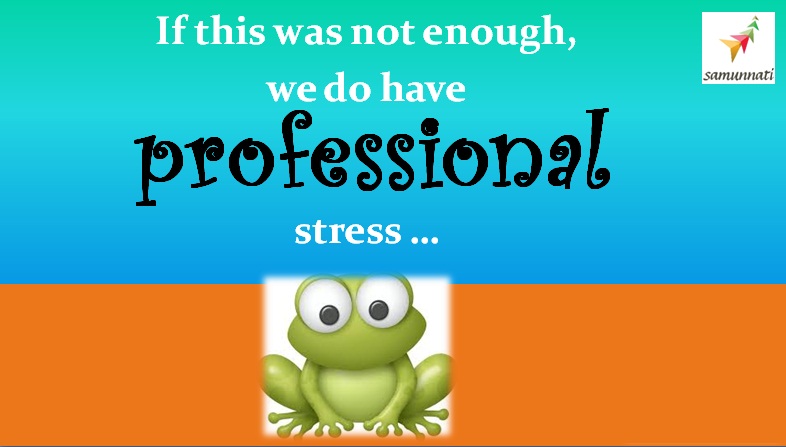
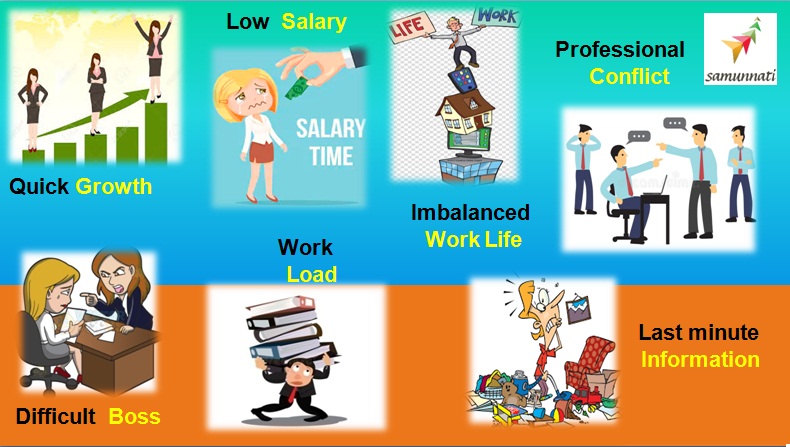
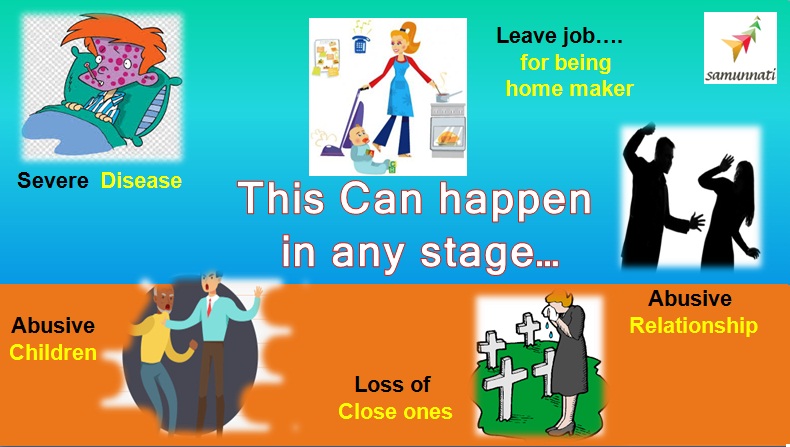
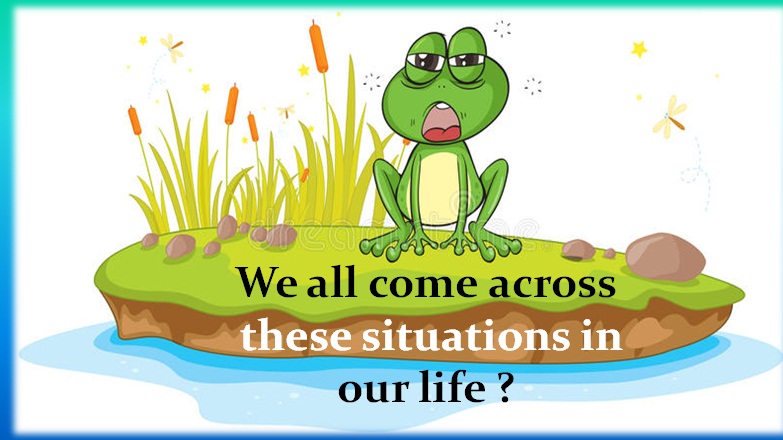
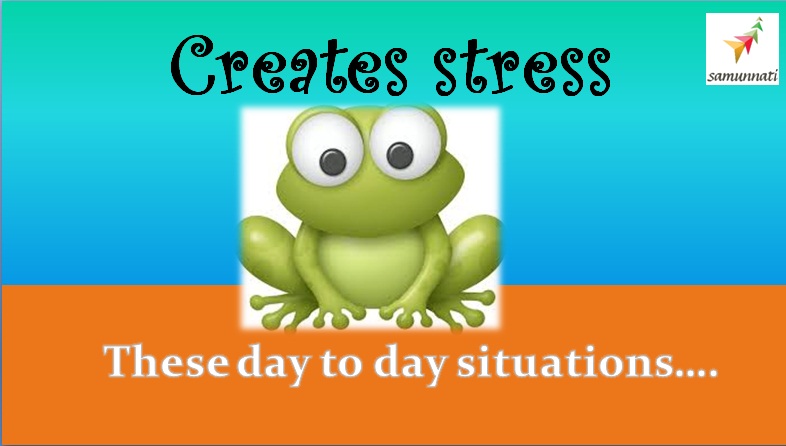
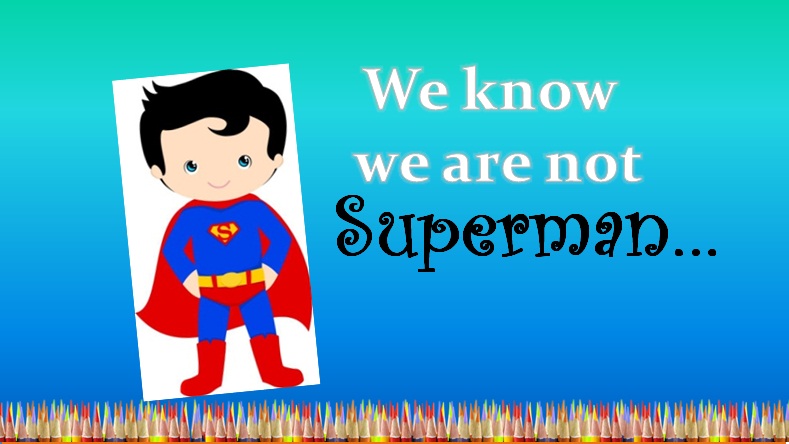
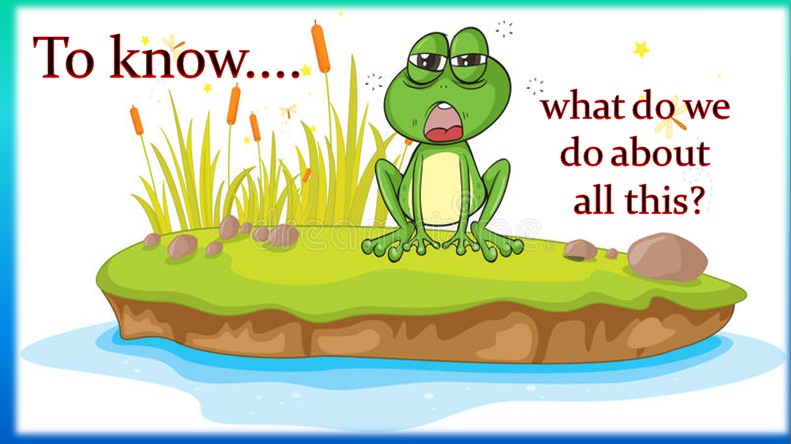
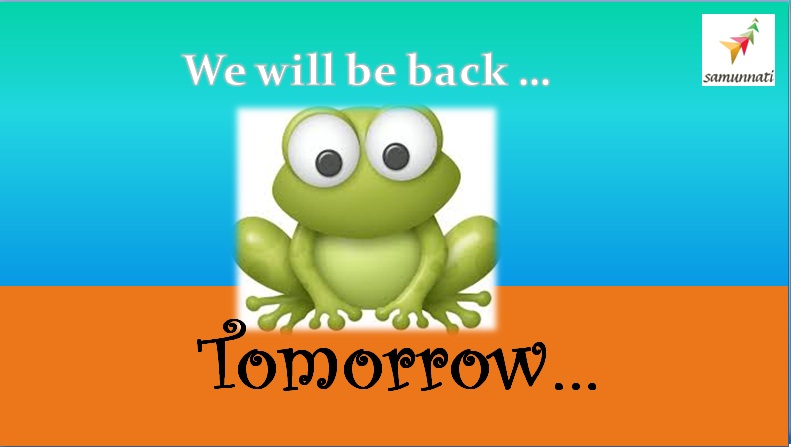



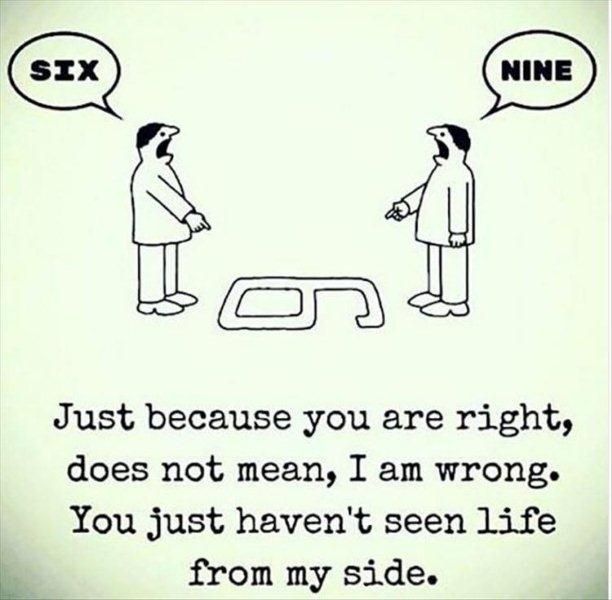




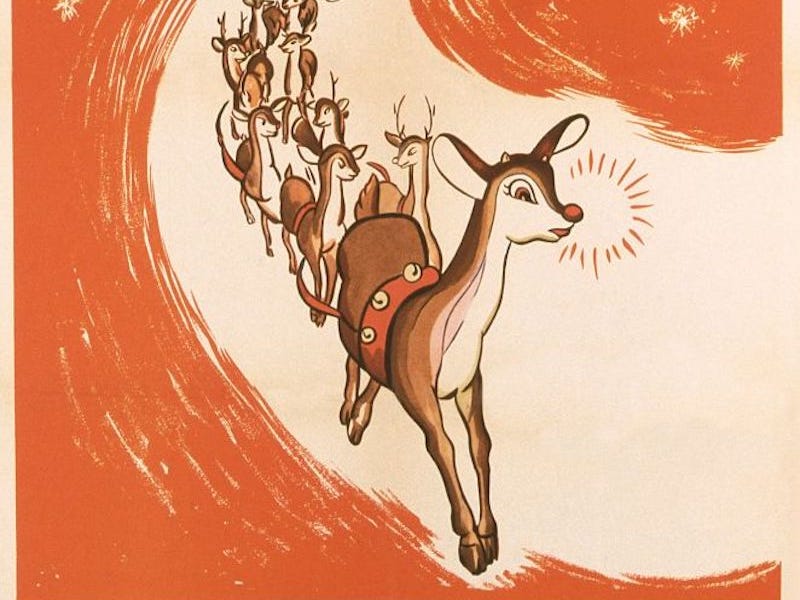


 OR
OR







